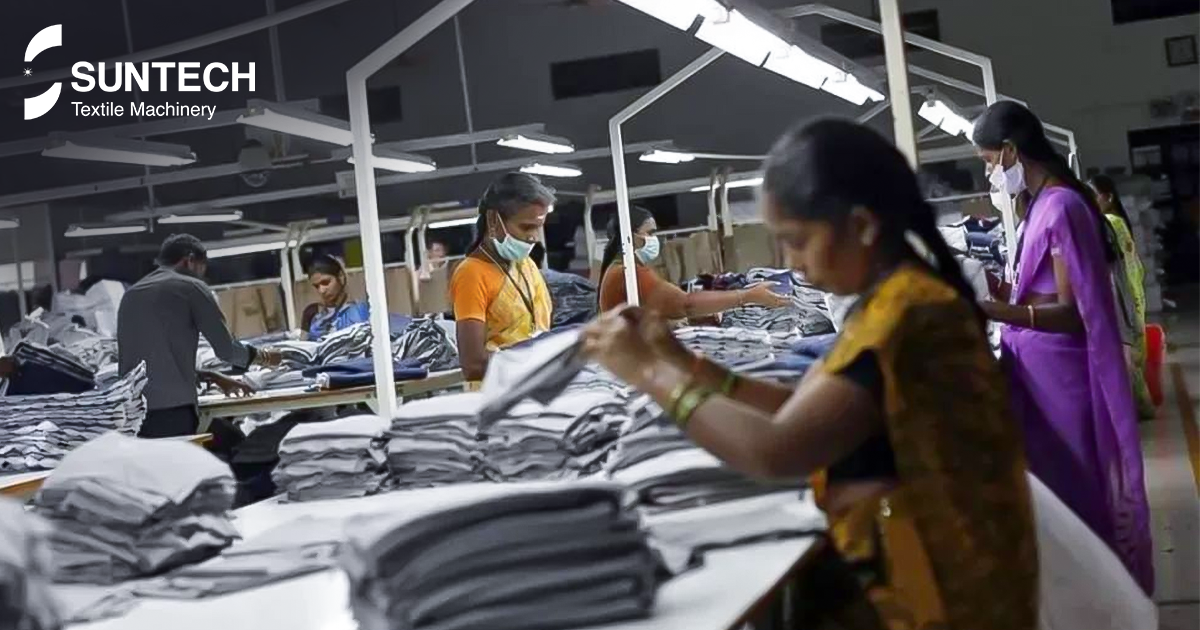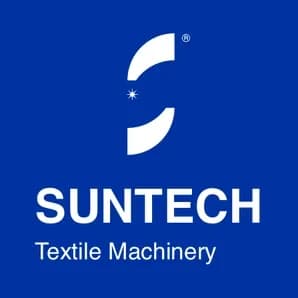
Exports from India’s special economic zones (SEZs) witnessed a rise of over 4 per cent year on year to $163.69 billion in fiscal 2023-24 (FY24) even though total shipments dipped by more than 3 per cent, commerce ministry data showed.
Exports from SEZs were worth $157.24 billion in FY23 and $133 billion in FY22.
SEZs contributed over a third of the country's total outbound shipments in FY24, a news agency reported.
India has approved 423 SEZs, out of which 280 were operational as of March 31 this year. Five thousand seven hundred and eleven units were approved in these zones till December 31, 2023.
As of December 31 last year, over ₹6.92 lakh crore have been invested in these zones and a total of 30.70 lakh people were employed there.
Major export destinations include the United States, the United Arab Emirates, the United Kingdom, Australia and Singapore.
As Prime Minister Narendra Modi embarks on his third term, the Northern India Textile Mills’ Association (NITMA) remains unwavering in its dedication to supporting the government's endeavours in positioning India as a worldwide centre for textiles and apparel. Sanjay Garg, president of NITMA, expressed confidence that India, under PM Modi's leadership, will continue to achieve new milestones and pave the way for a brighter future for all.
Garg emphasised the importance of continuing the strong partnership with the government to address industry challenges, including raw material security, infrastructure development, and skill enhancement. By working together, sustainable growth can be achieved, contributing to the nation's economic prosperity. The success story of India's textile sector provides a wealth of insights and strategies that other countries can adopt to enhance their own textile industries.
Government Support and Policies
The Indian government's proactive role has been crucial in the expansion and modernization of the textile sector. Several policies and initiatives have been instrumental:
Merchandise Exports from India Scheme (MEIS): This scheme provides financial incentives to exporters, making Indian textiles more competitive on the global stage by offsetting infrastructural inefficiencies and associated costs.
Amended Technology Upgradation Fund Scheme (ATUFS): Aimed at upgrading technology, this scheme offers subsidies to improve the quality and productivity of textile units.
Rationalization of Tariffs: Reduction in tariffs on imported raw materials and machinery helps in reducing the cost of production, thereby making exports more competitive.
Global Market Penetration
Strategic market penetration has been a focal point for India's textile sector:
Trade Agreements:
Bilateral and Multilateral Agreements: India has signed Free Trade Agreements (FTAs) and Preferential Trade Agreements (PTAs) with numerous countries, reducing tariffs and non-tariff barriers. These agreements include partnerships with ASEAN countries, Japan, South Korea, and several African nations.
Generalized System of Preferences (GSP): Benefiting from the GSP status in major markets like the EU and the US has provided a competitive edge through reduced tariffs.
Market Diversification:
Expanding into New Markets: India has made concerted efforts to explore non-traditional markets in Africa, Latin America, and Eastern Europe. This diversification helps mitigate risks associated with dependency on a few major markets.
Brand India Campaigns: Promoting Indian textiles through global exhibitions, trade fairs, and digital marketing has enhanced brand recognition and market reach.
Investment in Technology and Innovation

Modernization and technological advancements are at the heart of India’s textile sector growth:
Modernization of Mills:
State-of-the-Art Machinery: Investments in advanced spinning, weaving, and processing machinery have significantly increased efficiency and quality. Automation and robotics are also being increasingly adopted.
Energy Efficiency: Implementation of energy-efficient technologies and practices has reduced costs and improved environmental sustainability.
Research and Development:
Innovation Centers: Establishment of textile research associations and innovation centers has fostered the development of new fabrics, dyes, and processes.
Collaboration with Academic Institutions: Partnerships with universities and research institutions have led to breakthroughs in textile technology and applications.
By adopting these strategies, India keeps as the top textile export country, and contribute significantly to economic growth and job creation.
SUNTECH Textile Machinery leads the industry with its innovative approach and extensive experience, offering a wide range of products, including motorized warp beam lift trolley, beam stacker, and fabric inspection machines. SUNTECH welcomes quotes and cooperation opportunities with open arms, continuing to pave the way in textile industry innovation.








